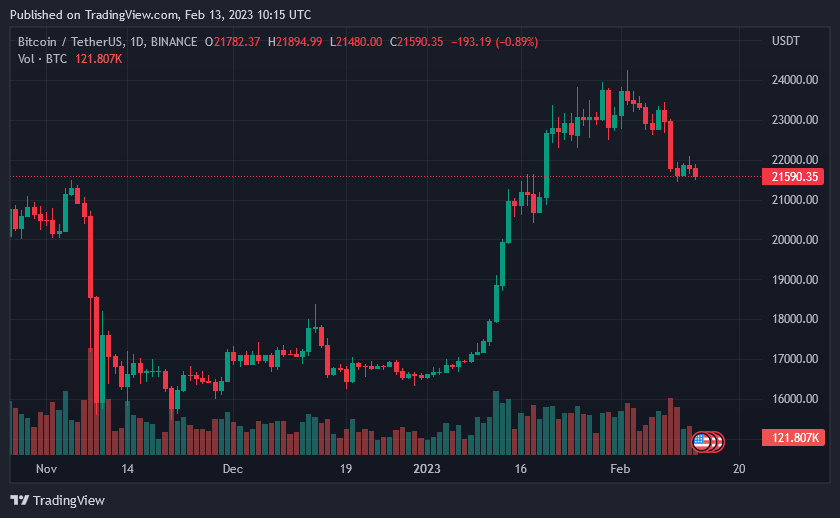Reason to trust

How Our News is Made
Strict editorial policy that focuses on accuracy, relevance, and impartiality
Ad discliamer
Morbi pretium leo et nisl aliquam mollis. Quisque arcu lorem, ultricies quis pellentesque nec, ullamcorper eu odio.
There is a “Death Cross” in the Bitcoin weekly chart, and this is not a “good sign,” according to one technical analyst.
The “Death Cross” On The Bitcoin Weekly Chart
The “Death Cross” forms on charts when the 50-period moving average (MA) falls below the 200-period moving average (MA) and could signal that the upcoming trend is bearish.
While useful for technical analysts, the “Death Cross” is a lagging indicator because the moving average (MA) indicator behind this formation averages out prices over a given period. Unlike other indicators like trading volumes, these averages are not based on real-time price action. Nonetheless, the “Death Cross” has been used by chartists for years.
Overall, chartists, or technical analysts, rely on technical indicators like moving averages, Bollinger bands, and others to make short or long-term predictions. They can use them in combination with other indicators to predict where prices could be headed next. For a “Death Cross” to form, a chartist relies on two moving averages covering price action over different periods.
https://twitter.com/Trader_Jibon/status/1624998268030824449
On February 13, a technical analyst noted that a Death Cross had formed on the weekly chart of the BTCUSDT price action. Typically, technical analysts use the weekly chart to determine the medium to long-term trend. How prices perform in this time frame influences the direction of their trade in the short term.
With the “Death Cross” forming, it may mean that Bitcoin prices may drop, posting more losses in the weeks ahead. For this reason, the technical analyst says its formation is not a good sign and may portend more turbulent weeks ahead for Bitcoin and, by extension, the crypto markets.
BTC Prices Under Pressure
On February 9, Bitcoin prices fell below the $22,500 support of the “bull flag.” The bull flag formed when Bitcoin prices consolidated after peaking at around $24,000 in early February. After days of sideways movement, BTC prices collapsed mid-last week. BTC prices are presently inside the trading range defined on February 9.

BTC remains under pressure and could post lower on deteriorating fundamental factors. The United States Securities and Exchange Commission (SEC) has been cracking down on crypto projects.
The drop in Bitcoin prices on February 9 coincided with Gary Gensler’s comments. Gary, the chairperson of the SEC, said crypto staking providers in the country are engaged in illegal activities by issuing unregulated products. They fined Kraken crypto exchange $30 million for this.
Following a Wells Notice reception from the SEC, Paxos, the issuer of BUSD, said it would stop mining USD-backed stablecoins.
Stablecoins are critical for crypto traders. They allow users to quickly trade crypto assets, including BTC, influencing liquidity and, thus, volatility. Although there could be no direct link between Paxos halting BUSD minting and BTC’s price action, the coin is trading lower when writing, dropping 6% in the last week.





















